The world of birds is filled with fascinating creatures, but few possess the unique charm and peculiar habits of the woodcock. Often overlooked, these masters of camouflage and aerial display deserve a closer look. This article delves into the life history, behavior, and ecological role of woodcocks, offering insights for bird enthusiasts, students, and anyone curious about the natural world.
What is a Woodcock?
Woodcocks are medium-sized wading birds belonging to the family Scolopacidae. There are several species found across the globe, including the American Woodcock (Scolopax minor), Eurasian Woodcock (Scolopax rusticola), and the Amami Woodcock (Scolopax mira), a critically endangered species found only on a few islands in Japan. They are renowned for their distinctive appearance and unusual behaviors, particularly their courtship displays.
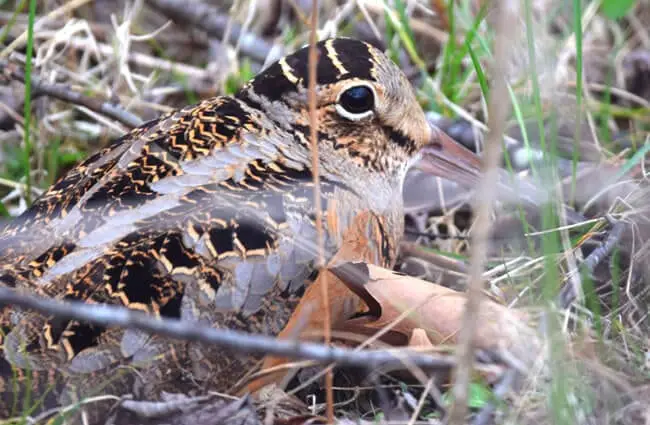
Physical Characteristics
Woodcocks exhibit excellent camouflage, with mottled brown and black plumage that blends seamlessly with the forest floor. Their most striking feature is an exceptionally long, slender bill, perfectly adapted for probing soft soil in search of invertebrates. Their eyes are positioned high on the sides of their head, giving them nearly 360‑degree vision—a crucial adaptation for detecting predators. They also possess short legs and relatively large feet, enabling them to navigate muddy terrain with ease.
Habitat and Distribution
Woodcocks are found in a variety of habitats, including deciduous and mixed forests, thickets, and damp meadows. They prefer areas with abundant ground cover and access to soft, moist soil, which is ideal for foraging. The American Woodcock is widespread across eastern North America, ranging from Canada to the southeastern United States. The Eurasian Woodcock inhabits Europe and Asia, while the Amami Woodcock’s range is limited to the Amami and Tokunoshima islands of Japan.
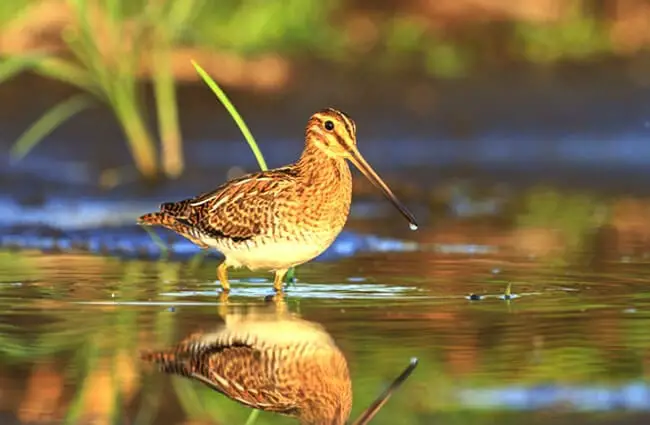
Diet and Foraging Behavior
Woodcocks are primarily insectivores, feeding on a variety of invertebrates, including earthworms, insects, snails, and crustaceans. Their long bills allow them to probe deep into the soil, detecting prey through sensitive receptors. They often forage at dusk and dawn, using their keen eyesight to locate food in low‑light conditions. The availability of suitable foraging habitat is a key factor influencing woodcock populations.
Evolutionary History
The evolutionary history of woodcocks is rooted in the broader lineage of shorebirds. Fossil evidence suggests that the ancestors of modern woodcocks were likely shorebirds that gradually adapted to a more terrestrial lifestyle. Over time, they developed the specialized bill and behavioral traits characteristic of the species. Genetic studies have helped clarify the relationships between different woodcock species and their place within the Scolopacidae family.
Mating and Reproduction
Woodcock mating rituals are truly remarkable. Males perform elaborate aerial displays, known as “twilight flights,” to attract females. They ascend to heights of several hundred feet, descending in a zigzag pattern while uttering a distinctive, bubbling call. These displays occur during the breeding season, typically in the spring.
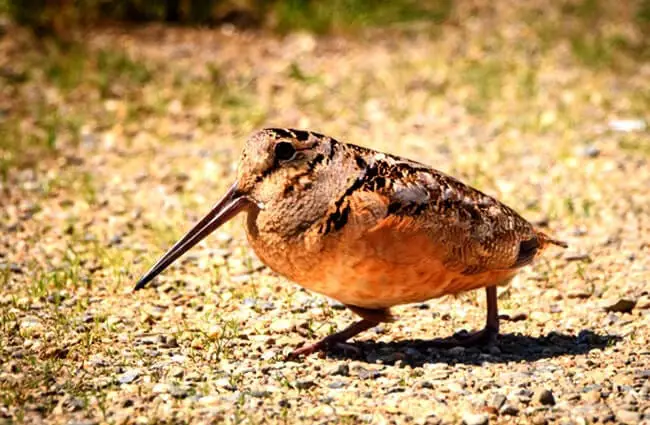
Once paired, woodcocks build a simple nest on the ground, usually concealed among vegetation. The female lays a clutch of one to four eggs, which are incubated for approximately 23 to 26 days. Chicks are precocial, meaning they are relatively mobile and can feed themselves shortly after hatching. Both parents participate in caring for the young, providing protection and guidance.
Ecological Role and Interactions
Woodcocks play an important role in forest ecosystems. They help control invertebrate populations and contribute to nutrient cycling through their foraging activities. They also serve as prey for various predators, including hawks, owls, foxes, and domestic cats. Woodcocks are often indicators of forest health, as their presence is associated with favorable habitat conditions. Their interactions with other species highlight the intricate web of life within forest ecosystems.
Woodcock and Human Culture
Woodcocks have long been prized as game birds, and hunting remains a popular activity in many parts of the world. They have also appeared in art, literature, and folklore. In some cultures, woodcocks are considered symbols of good luck or fertility. Understanding the cultural significance of woodcocks provides insights into the complex relationship between humans and the natural world.
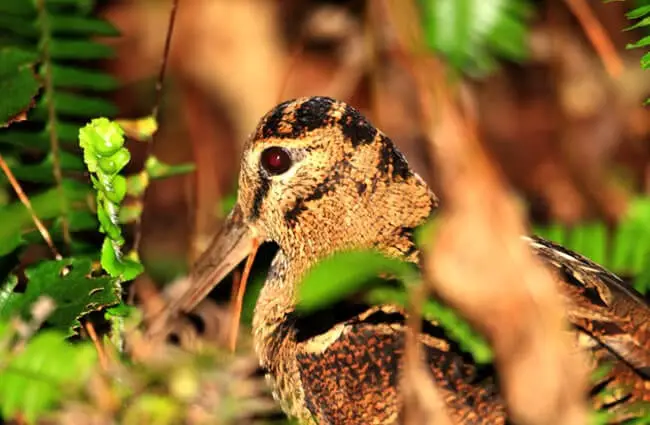
Finding Woodcocks in the Wild
For birdwatchers seeking to observe woodcocks, understanding their preferred habitats and behaviors is essential. Look for areas with damp, soft soil and dense vegetation. Dawn and dusk are the best times to search, as woodcocks are most active during these periods. Listen for their distinctive calls and watch for their unique flight patterns. Remember to observe woodcocks from a respectful distance, avoiding any disturbance to their habitat or behavior.
Woodcock Conservation Status
While some woodcock populations are stable, others face threats from habitat loss, fragmentation, and climate change. The Amami Woodcock is particularly vulnerable, with fewer than 1,000 individuals remaining in the wild. Conservation efforts include habitat restoration, protection of breeding grounds, and sustainable forest management. Supporting organizations dedicated to woodcock conservation can help ensure the survival of these remarkable birds.
Caring for Woodcocks in Captivity
Providing care for woodcocks in captivity requires specialized knowledge and attention. They need spacious enclosures with soft, moist substrate for foraging. Their diet should consist of a variety of live invertebrates, supplemented with commercial bird feed. Offering opportunities for natural behaviors, such as foraging and flight, is essential for their well‑being. Regular veterinary care and monitoring are also crucial. Avoid overcrowding and minimize human contact to reduce stress.
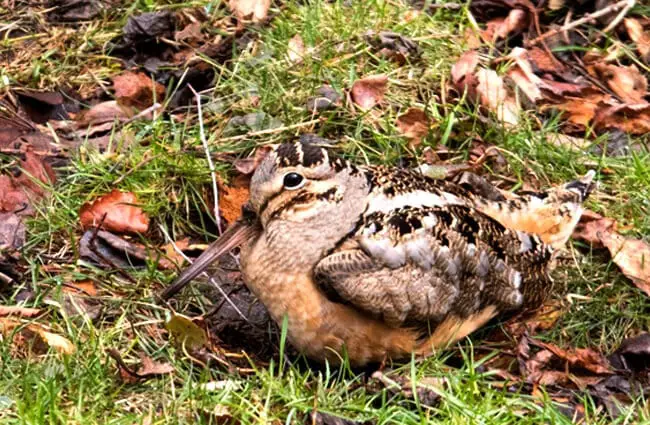
Fun Facts about Woodcocks
- Woodcocks can walk and run with remarkable agility.
- Their eyes are positioned far back on their heads, giving them excellent peripheral vision.
- Male woodcocks perform elaborate courtship displays at twilight.
- Woodcock chicks are precocial, meaning they are relatively mobile shortly after hatching.
- The Amami Woodcock is one of the most endangered bird species in the world.
The woodcock stands as a testament to the beauty and complexity of the natural world. By understanding their life history, behavior, and ecological role, we can appreciate these remarkable birds and work to ensure their survival for generations to come.

![Red Angus Closeup of a beautiful Red Angus cowPhoto by: U.S. Department of Agriculture [pubic domain]https://creativecommons.org/licenses/by/2.0/](https://animals.net/wp-content/uploads/2020/03/Red-Angus-4-238x178.jpg)


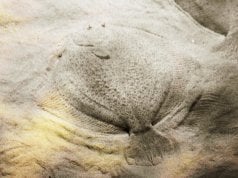
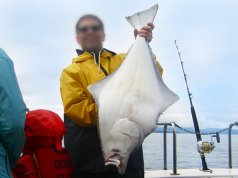
![Red Angus Closeup of a beautiful Red Angus cowPhoto by: U.S. Department of Agriculture [pubic domain]https://creativecommons.org/licenses/by/2.0/](https://animals.net/wp-content/uploads/2020/03/Red-Angus-4-100x75.jpg)

